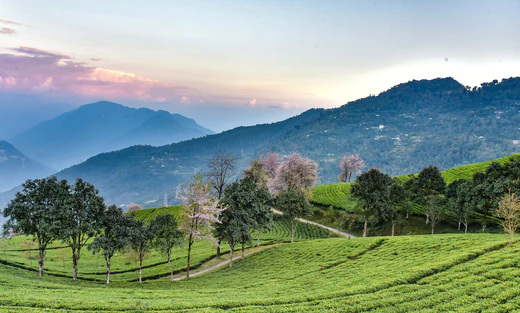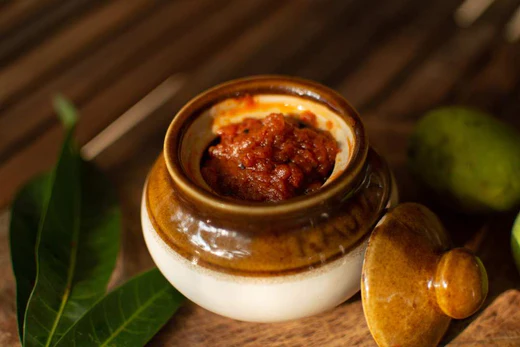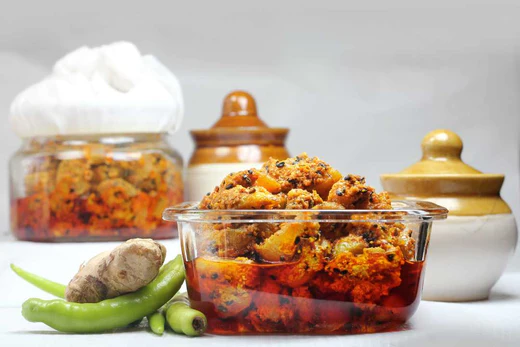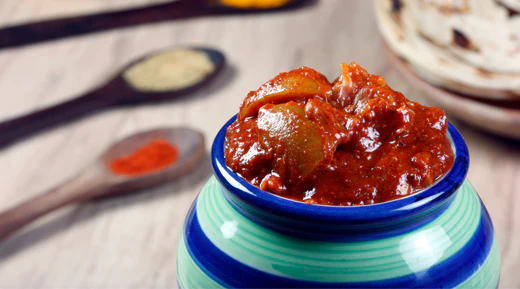When people hear the word Tea Gardens, there is a matter of excitement that flows through their brain, probably because the idea of visiting the sprawling tea gardens which are the source of their favourite beverage comes to their mind. People all over the world have seen tea gardens in pictures but many have not visited the gardens in real time. They probably think that that when visiting the garden they will catch a strong aroma of tea wafting from the gardens!
The Temi Tea garden is one such spectacle. The 100% organic tea garden was certified and recognized by the IMO control board of India in the year 2017. The lush green waves of the tea garden on the hills of the Temi tea estate are a scenic place to visit all round the year. Every season that the region experiences, comes with a distinct background that leaves hues of many colours on the tea plantation. But by far, the winters is the best season to visit the tea garden. The chilly air, with a bluish hue, green Tea plants and popping pink Cherry blossom blossoming in the sideway is as aesthetic the tea garden can get.!

However, did you know how the tea that you drink reaches the state where it wafts the enchanting aroma and the tantalizing taste?
The best time to plant tea is after the final flush is plucked. The tea plant follows a seasonal growing pattern. Once the final flush is picked, the tea plant is left to grow throughout the winters. Once the winter passes by, the spring season invites the very first flush to unfurling tea leaves that blanket the entire garden. This is called the first flush.
The very tip of the tea plant that is a lighter green in colour is the only tip that is picked and useful to make tea. The spring flush of Tae is picked from the sprawling Tae estate at a time when the rain and the sun engage in a conversation amidst the lightly misted slopes of the tea garden.

After the first flush is picked, the tea garden is again allowed to replenish and grow for the summer season. Organic tea leaves of the second flush are carefully plucked in the mid-summer season. The second flush offers a strong yet smoothly captivating brew of tea that elevates the delight of the summers leaving a mellow and a smooth aftertaste.
The tea plant is again left to grow peacefully for the third flush to tea leaves. As the tea plant keeps giving off the tea leaves throughout the year, it is to be noted that the taste of the tea gets stronger as the year matures.
Third flush is picked in the monsoon season. A romantic fervour engulfs this range. The gentle Himalayan monsoon touches the tea leaves and this is where the enchanting aroma inherits its delightful character. The tea leaves that have now gained a succulent texture are withered and then oxidised to bring out the season’s best flavours in a mere leaf.
After the third flush, a few months are allowed to the plant to grow its final flush. The leaves loose the succulent texture due to the moisture content in the air. The leaves of the final flush are plucked amidst cherry blossoms in full bloom. A taste of warm spices is encompassed within the leaf. The final flush is the best way to end the seasons of Tea.

The leaves are then sent to the factory to undergo certain processes to enhance the flavour in the leaves. Some go though withering, fermenting, semi-fermenting and then refinement to finally come up with the end product that we use in brewing a cup of warm and affectionate Temi tea. The final product is the end all of the most intricately processed tea leaves that we drink to induce relaxation and stability.








